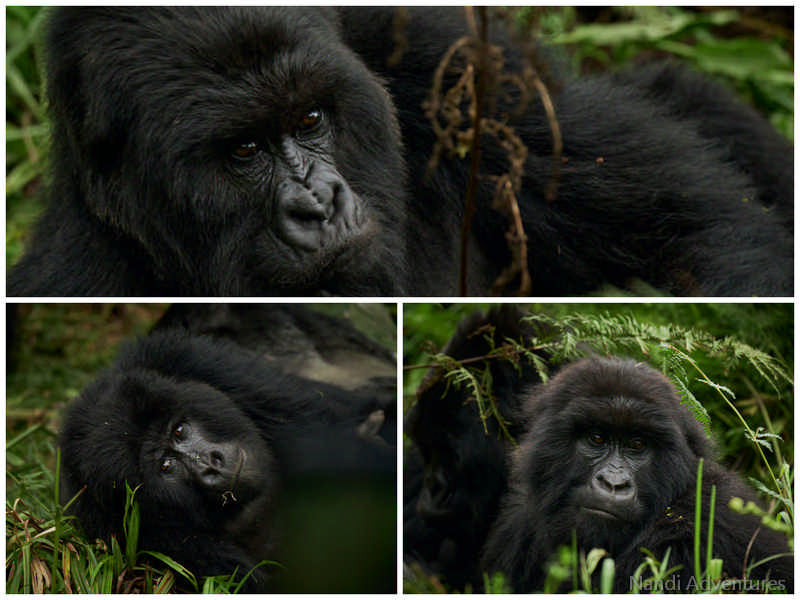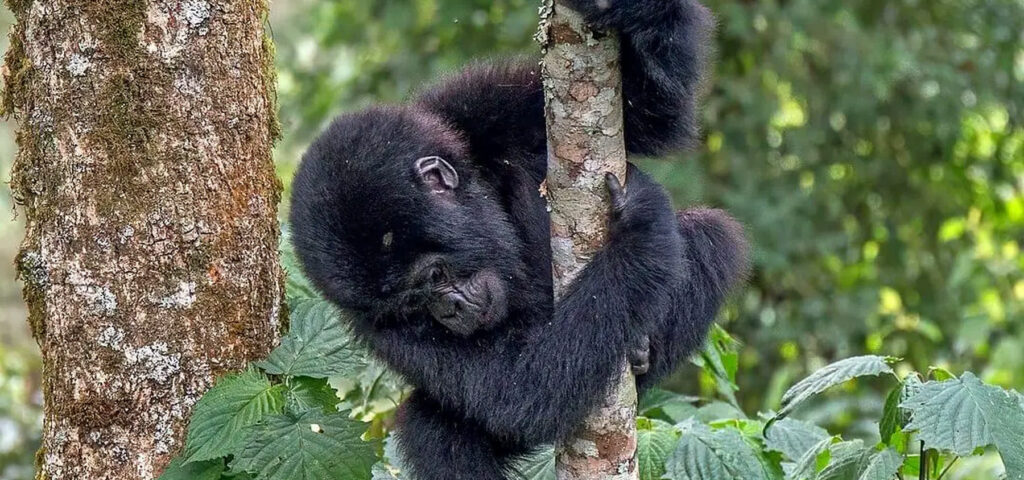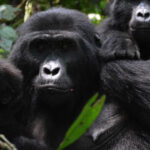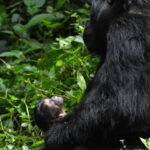When you first meet a mountain gorilla in the wild, you might notice their size, their eyes, or the quiet power in the way they move. But if you were a researcher or wildlife ranger, your eyes would go straight to one thing: the nose.
That’s right—noseprints are the key to telling one gorilla from another. Just like humans have unique fingerprints, every mountain gorilla has a distinct pattern of wrinkles and dots on the skin above their nostrils. No two are the same—not even between father and son.
A Skill Passed Down Through Generations
This method of identification dates back to the 1950s when scientist George Schaller first documented gorilla noseprints. The famous Dian Fossey later made it part of her daily work, carefully photographing and sketching each pattern. Even today, researchers and park rangers in Uganda, Rwanda, and the Democratic Republic of Congo still rely on this technique.
In Bwindi Impenetrable National Park and Mgahinga Gorilla National Park, wildlife rangers began using noseprints in 1991 to help keep track of every habituated gorilla. With over 1,000 mountain gorillas in the Virunga–Bwindi range, this is no small task.
What Makes a Noseprint Unique?

Look closely and you’ll see that some gorillas have a single dot, others have deep folds, and some have wide, flat, or even triangular noses. A few have extended nostrils or small depressions that give them a distinct look. These patterns are permanent, so once a ranger learns a gorilla’s noseprint, they can identify that individual for life.
This isn’t just a fascinating detail—it’s an important conservation tool. Knowing exactly which gorilla you’re observing allows teams to monitor health, track births and deaths, and even respond quickly if a gorilla falls ill.
What About Baby Gorillas?

Here’s where it gets tricky. Baby gorillas all look quite similar at birth, and their noseprints take time to form. It can take one to three years before a young gorilla’s nostrils develop their permanent pattern. Until then, rangers rely on other clues, like the mother they’re clinging to.
Once the pattern is clear, that young gorilla joins the long list of individuals known by name, each with their own life story and place in their group.
Why It Matters for Conservation
Being able to identify every gorilla means scientists can follow them through their entire lives—learning about family bonds, migration between groups, and even genetic diversity. It’s a vital piece of protecting this endangered species.
So next time you’re deep in the forest on a gorilla trek, know that your guide isn’t just taking you to “see gorillas.” They’re introducing you to individuals with names, histories, and personalities—each as unique as the noseprint on their face..



